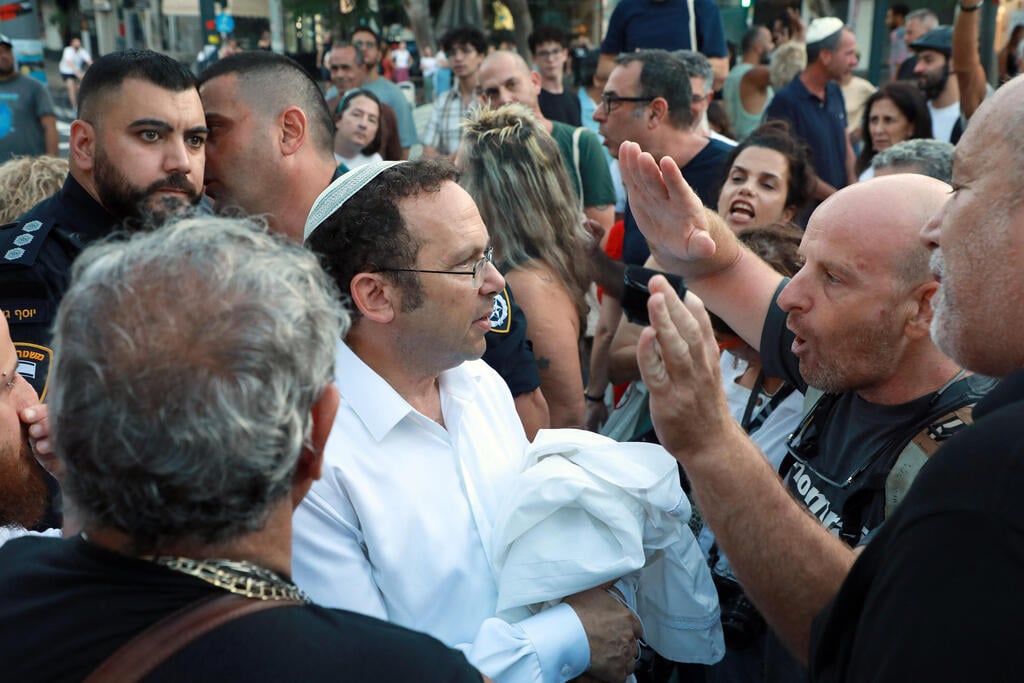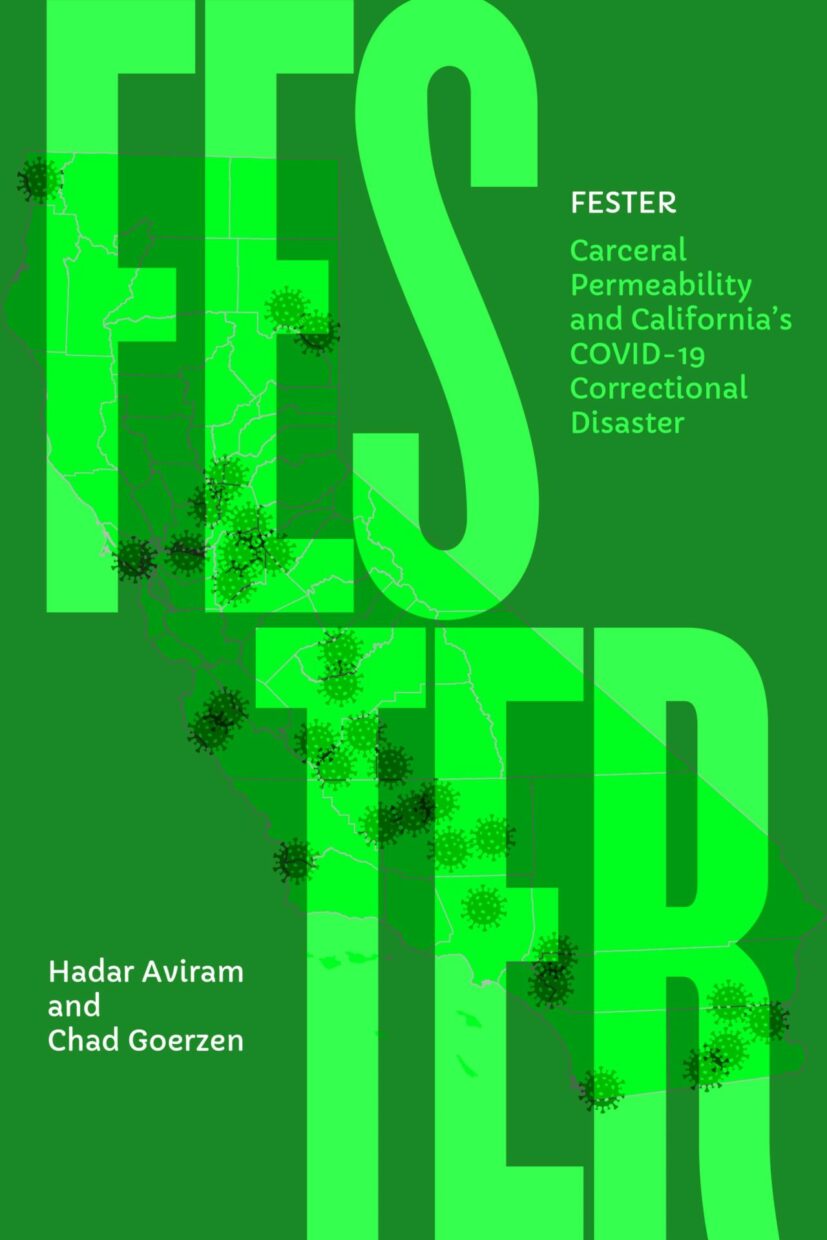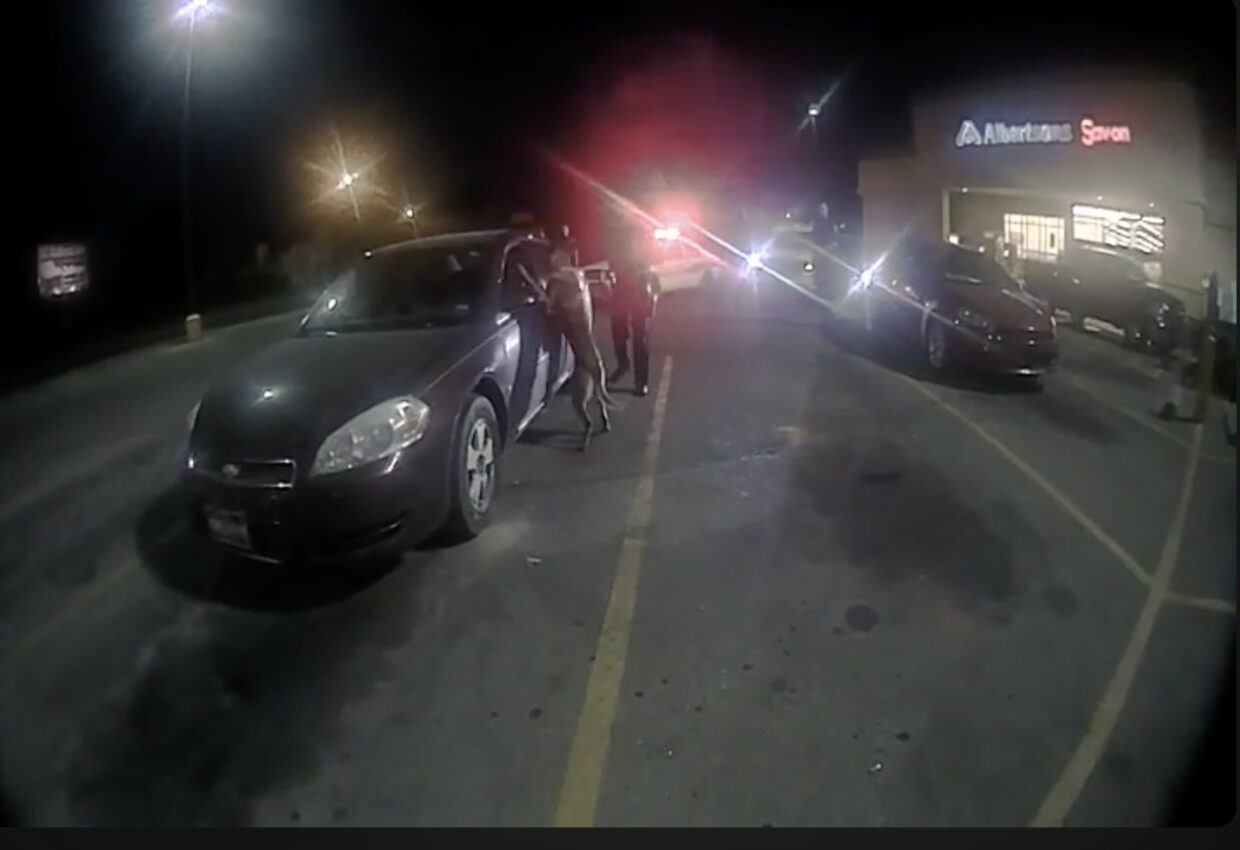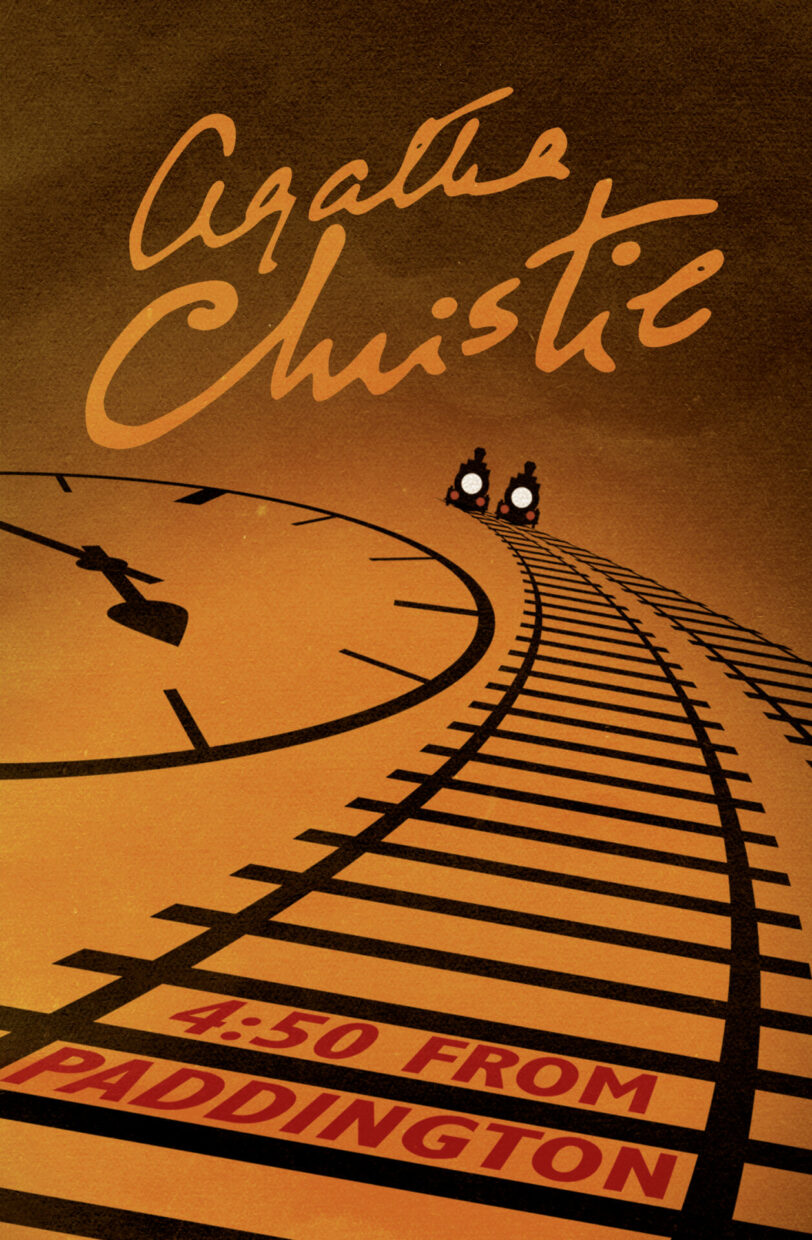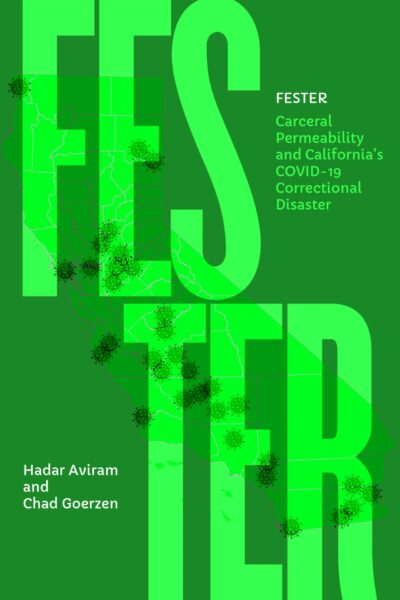I still remember the incredible emotions that choked me as I took the last steps of the Oakland Marathon and realized that, yes, I was going to finish. Even with lots of experience racing endurance events, including some very long marathon swim, there was nothing quite like it. And the faces of everyone around me reflected that we had all undergone a very special experience, stretching body, mind and spirit to their limits, and that we would forever share that experience.
It is this direct appeal to common humanity that drives Christine Yoo’s fantastic documentary 26.2 to Life, which is now playing in select theaters and winning all sorts of incredible awards at film festival. With unparalleled access to the inside of San Quentin–the yard, of course, 105 laps of which add up to 26.2 miles, but also other areas of the prison, including the cells–this documentary has the potential to go where no work of advocacy has gone before.
Lots of tired, jargony academic pieces about carceral geography and mass incarceration blather about “bodies” and “embodiment”, but nowhere is the somatic experience of an incarcerated body more visceral than in this film. We see people living under the horrid conditions that are only too familiar to regular readers of this blog and using endurance running–their own bodies, pushed to their limit–to sublimate and divert anger, to release stress, to find liberation, to imagine commonalities and brotherhood with people running on the outside. In one memorable scene, runner Jonathan Levin talks of running as a physical form of doing penance for his crime, reminding me vividly of the incredible ending scene of the Buddhist film Spring, Summer, Fall, Winter… and Spring.
Other runners feature more prominently, and we get to learn their personal stories. Markelle “The Gazelle” Taylor, the fastest runner of the club, dreams of qualifying for the Boston Marathon and running it if he makes parole. Rahsaan “New York” Thomas finds his voice as a journalist and leader in prison (his work for the San Quentin News and for Ear Hustle is also featured in Adamu Chan’s recent documentary What These Walls Cannot Hold. Tommy Wickerd works hard to redeem himself from a life of violence and be as much of a good husband to Marin and father to Tommy II as he can from behind bars. These folks, and many others featured in the film, are people I know. Some of them I met in person, though most of them I did not; I did spend many many hours with their loved ones, and hearing from them, in the weekly #StopSanQuentinOutbreak coalition meetings that we document in FESTER. There was something heartbreaking in watching these very familiar people in footage from before the calamity would strike and terrorize them and require them to develop new forms of courage and work new psychological muscles.
What stands out in the movie is how it lends itself to bridges of empathy and perspective taking. Not pity–though the men’s stories are contextualized in a way that does not absolve them from accountability and yet evinces profound understanding of their circumstances–but the same sense that every one of us has felt upon embarking on a huge athletic undertaking. The same sense of exhilaration and terror that is evident in the first steps of the protagonist of Brittany Runs a Marathon; the same trepidation and enormous effort of the swimmers in Driven; the sense of dread, then relief, accompanying Alex Honnold’s heroic climb of El Capitan in Free Solo. Christine Yoo has elevated Taylor, Thomas, Wickerd and the other runners to their rightful place along these cinematic athletic heroes by bringing her viewers into communion with the most basic things we all share: our bodies and our striving to make something of our lives within them.
You must see this movie. And you also must consider financially helping some of the film’s heroes. As pioneering research by Alessandro de Giorgi shows, the first and foremost challenges for anyone on the outside involve their basic survival: finding a place to live and a job. Even phenomenal athletes are not exempt from this. Markelle sells amazing athletic gear you can wear in pride for your training and racing, and Rahsaan is doing wonderful journalistic work that requires support.. Too often we expect formerly incarcerated folks to hit the ground running with activism for their friends still on the inside, discounting the importance of getting their own lives in order. Let’s lend our fellow athletes a helping hand.


